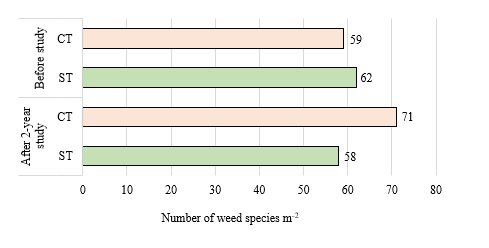Protection and Utilization of Medicinal Biological Resources to Address Cross-Border Risk Challenges
Introduction
Biological resources are strategic resources for human survival and sustainable social development and have a direct bearing on our wellbeing, also the most basic component of biodiversity. Taking agriculture as an example, in the past few decades, new plant varieties have emerged one after another all over the world, and the grain yield per mu has reached new highs, which is due to the contribution of agricultural Germplasm. Biological species resources are at risk of loss and abuse. Climate change, environmental pollution,invasive species and deforestation, A special analysis carried out by the journal Nature indicates that an astonishing 41% of all amphibians on the planet now face extinction while 26% of mammals are similarly threatened [1]. The trade based on economic interests has led to the over exploitation and abuse of biological species resources, the development of new bioengineering technology has accelerated the possibility of biological resources becoming real productivity.
Medicinal biological resources are important strategic biological resources in the coming era. With the increasing demand for medicinal plants, the protection of related wild plants is also facing increasingly severe challenges. Among the 28187 medicinal plants recorded by (State of the World’s Plants 2017) of the Kew Royal Botanical Gardens, 1280 are protected by the Convention on international trade in endangered species of wild animals and plants [2]. At present, the total annual demand of China’s market exceeds 600000 tons, of which nearly 300000 tons are exported [3]. From 2008 to 2010, a total of 41 medical plant species and 285 batches, involving 55 countries and regions, were recorded at all the ports of Entry-Exit Inspection and Quarantine Bureau in China (except Tibet). A total of 276 batches (97% in total) were exported to 53 countries and regions. 70% of the varieties of commonly used Chinese herbal medicines still depend on wild resources. In the past 25 years, the output value of traditional Chinese medicine industry has increased by more than 20% annually. Some famous international pharmaceutical companies have strengthened the research and development of natural drugs.
The types and quantity of Chinese medicinal materials exported have increased significantly, and the large export of medicinal plant extracts has caused great pressure on wild medicinal biological resources. The protection of medicinal biological resources has become a key issue of biodiversity protection. Currently, as species worldwide are becoming extinct at an alarming rate, biodiversity loss and ecosystem degradation pose a major risk to human survival and development. The Convention on Biological Diversity came into effect, which set three objectives the conservation of biological diversity, the sustainable use of its components, and the fair and equitable sharing of the benefits arising out of the utilization of genetic resources, ushering in a new era for the protection of global biodiversity. There is systematic planning for biosecurity risk control and governance. Efforts have been made to improve the mechanism for preventing the invasion of alien species, promote the sound development of biotechnologies, and strengthen the protection, supervision and regulation of biogenetic resources. The aim is to protect nature and live in harmony with it.
For more Articles on: https://biomedres01.blogspot.com/


No comments:
Post a Comment
Note: Only a member of this blog may post a comment.